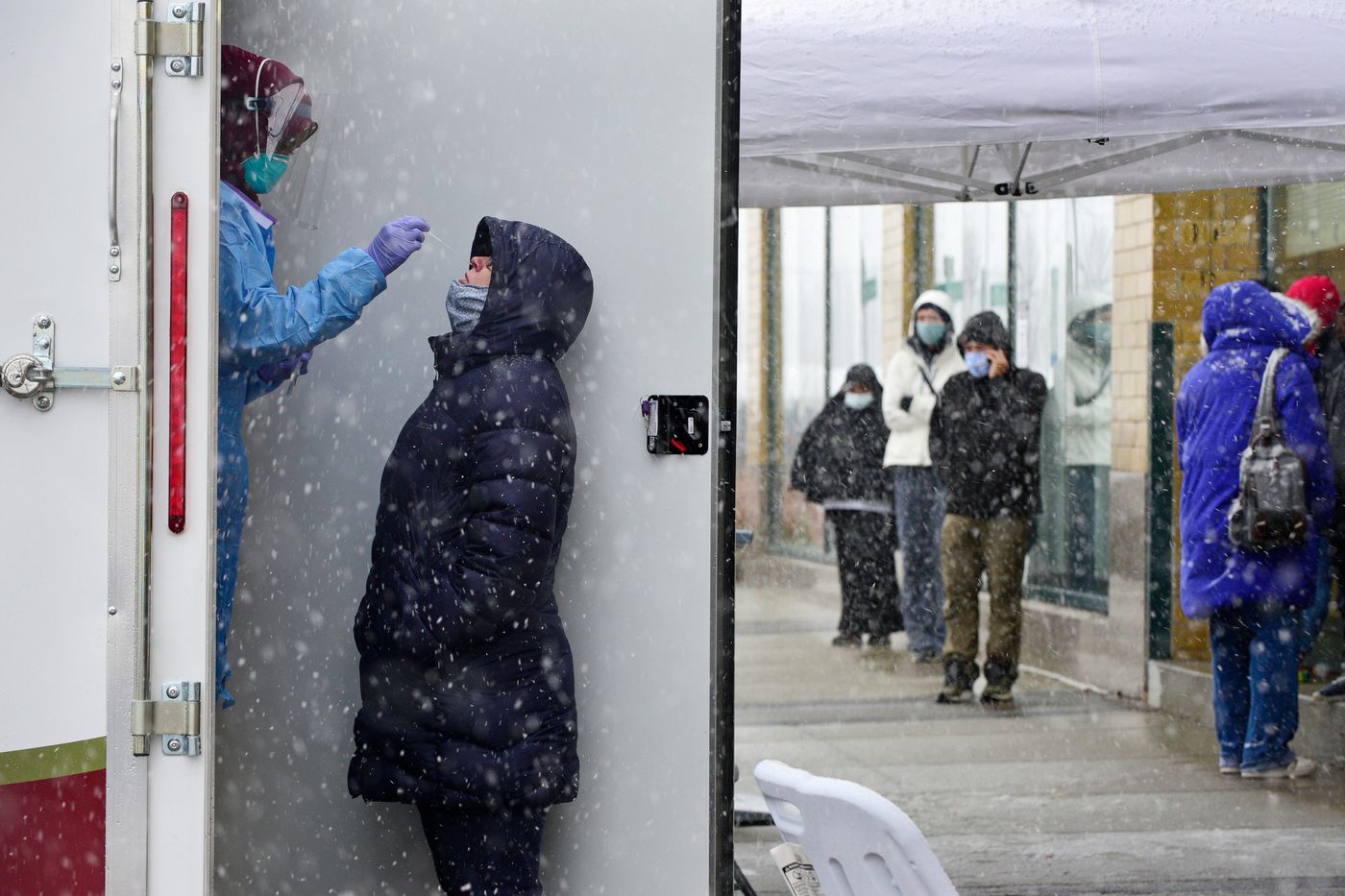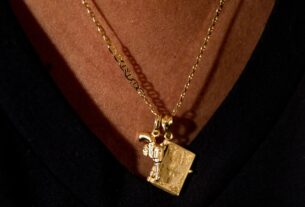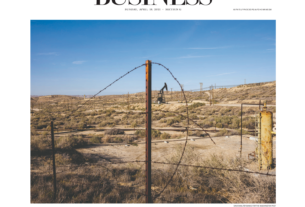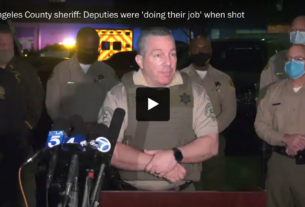
The rate of COVID-19 infections in Montana is among the highest anywhere on the globe, and more than 320 Montana residents have died from the virus in the month of November. After weathering a mild spring with few infections, the state and its neighbors are experiencing crushing infection rates that are maxing out hospital resources for the ill. St. Vincent’s Healthcare hospital in Billings is admitting patients from as far away as the Dakotas and Wyoming, but it’s almost at full capacity with no end in sight. Dr. Kris Spanjian works in the hospital’s intensive-care unit, and came out of retirement this spring to treat COVID patients at NYU-Langone Health. Spanjian told us she never anticipated the surge that she saw there would follow her more than 2,000 miles home.
As told to Miranda Green
I practiced for over 30 years and retired at the end of 2017. I’m what they call an “intensivist,” that’s an ICU doctor. For someone like me who likes the intensity and the excitement, it’s a good fit. But it takes its toll on you after a while.
When this whole story with COVID started, back in spring, I just had a feeling that things were not going to go well. Montana shut down. It looked bad, and the hospitals all prepared for the worst — and then it didn’t really happen here. I heard all the stories in New York, and I honestly felt guilty sitting at home not doing anything, knowing that there were people out there who were really hurting. The other thing was, it was a little selfish on my part — I wanted to learn a little bit about this, in case it did hit Montana.
By the time I got to New York, they were over their peak, but they still had so many patients in the hospital that were on ventilators in the ICU. Their staff had been working 48-hour shifts and whatnot, and they were just exhausted and burned out. It floored me how many ICUs they had going that were just filled with COVID patients.
There was one particular patient who bothered me for a long time. It was a young man. He was in his 30s, and he was otherwise a healthy, robust guy. His lungs were just in really bad shape. When you have a young person like that, you keep thinking, Well, we’ll be able to get them over it. At NYU, of course, they have all these experts and fancy technologies that we don’t necessarily have here in Billings, and they tried everything on this guy. But his lungs just kept falling apart. His young wife was there when he passed. That just really tore up a lot of people that were there — including me.
We felt helpless. After a while, there was just nothing more we could do. We watched the patients’ have strokes; we watched their lungs fall apart; we watched their hearts stop.
When I came back to Montana after two weeks in New York, I talked to my husband’s elderly parents and told them, “I don’t want you to go to Costco. I don’t want you to go to Albertsons. I’ll just go shopping for you.” They kind of looked at me like, Oh, it’s not gonna be like New York here. New York has got its own problems. Everybody was kind of nonchalant about it. We have wide open spaces. We don’t have a lot of cities. Most of the population in Montana has some space around it.
And now, of course, it’s just as bad.
Initially, it was almost all from our Native American reservations. They have a higher incidence of diabetes and obesity and high blood-pressure. It was spreading more on the reservations than anywhere else.
Families can’t come into St. Vincent Healthcare unless their relatives are dying. One case that hit me was not even about the patient but her sister. She was Native American — from the Crow tribe. The thing that hit me was that, for this woman, her sister was her third family member to die from COVID. This was her third one that she was watching die. I thought, ‘Wow, whole families are going.’ She was the only one of her siblings left. And it was sad to watch the way she was taking it because by that time, she was experienced at it. She knew the routine. She knew what she had to do. And I thought, ‘Oh God, that’s not good. It’s not good to be used to it.’
It’s just human nature that until you actually experience it, it’s hard to imagine as real. There are still people here that deny that the pandemic is real. They still think it’s a hoax or that it’s nothing more than the flu. Anybody who’s worked in these units of COVID patients knows it’s not the flu. It’s so much worse. You just want to scream.
My patience is getting thin with these folks, but I don’t want to fight with people anymore. I go to a grocery store and I see somebody without a mask on and I just want to take these people and say, “Okay, follow me for a 12 hour shift in the ICU, and you will see what I know. I want to teach you what can happen.”
I have heard my patient’s family members say they didn’t think COVID was a big deal until now, when they are seeing their loved ones dying. Of course the people that I see in the ICU aren’t talking to me at all, because they’re already on a ventilator. They’ve got a tube down their windpipe.
Staff aren’t running around crying, I’ll tell you that. I mean, these are tough doctors and nurses, but it just takes its toll in little ways. Nurses and doctors are used to communicating with the family much more and just having them in the room all the time is certainly something that makes everything much more human and humane. You don’t have that face-to-face where you can read people, where you can touch them. We hug, we pat them on the back, we shake their hands. That’s not there anymore. Now it’s just the scatter of phone calls.
Both of our big hospitals are full of patients. We’ve had to double the number of doctors on duty at any time and we have a crew of younger nurses that have never seen anything like this. Really none of us have seen anything like this. Sometimes you do everything and nothing’s working and your patients just keep getting worse. You want to win. We know we can’t always win, but we don’t want to watch so many deaths. Sometimes there’s nothing you can do but just watch them die, again and again.
I really didn’t think it would get to this point. I didn’t think it would be like this. And unfortunately, it’s not really slowing down. There’s fear among colleagues of the looming possibility of rationing care and having to deny some patients the option of a ventilator or an ICU bed just because we have none. None of us want to face these decisions.
What’s hard in my own hometown is to see that we didn’t learn anything. The public in general didn’t learn from the rest of the country. This was serious. Shoot, we had all the warnings in the world. We saw it coming. We should have been better at this.



